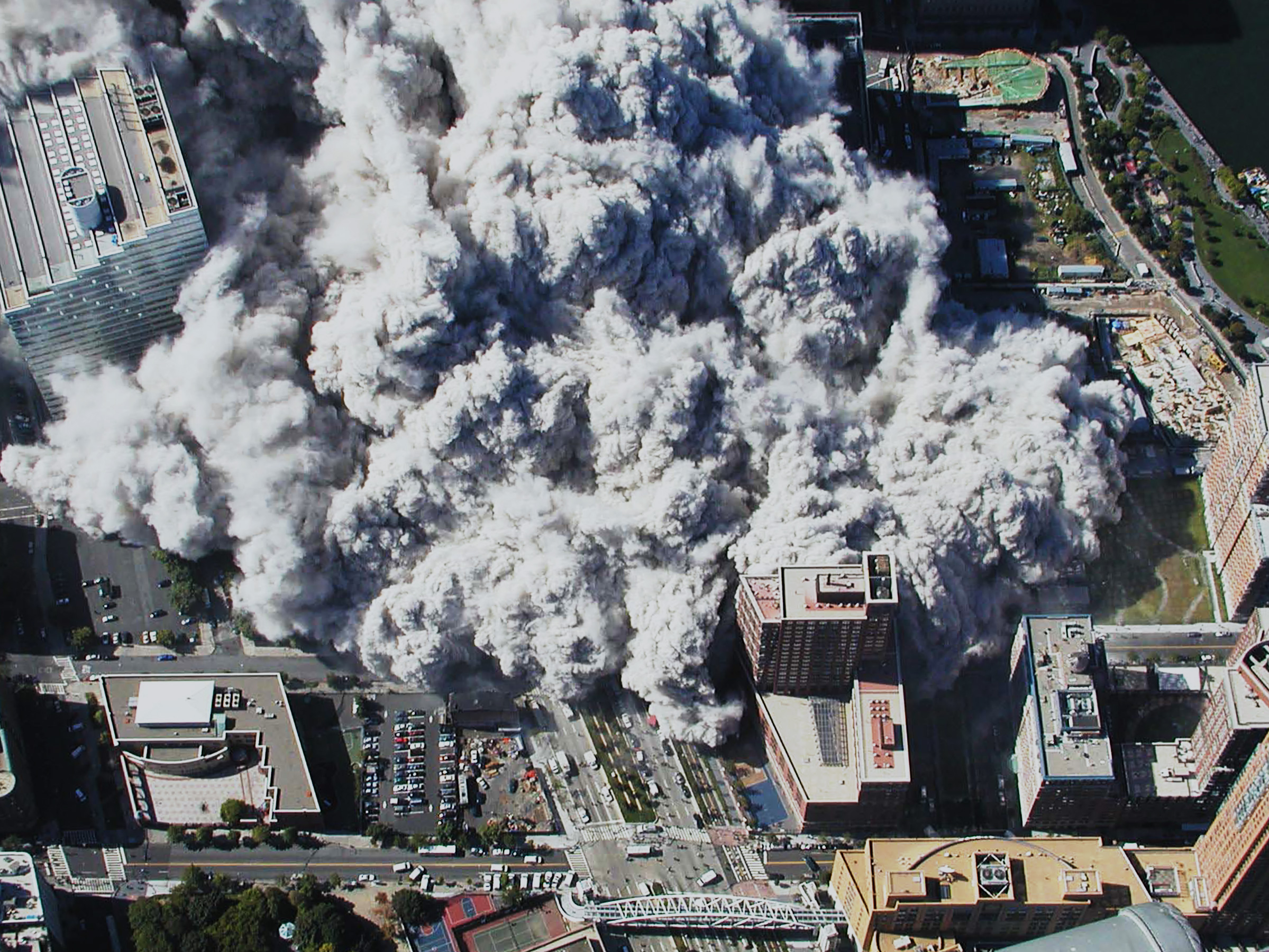Glued to our TVs, we watched the enormous black plumes of dirty air rolling down the streets of lower Manhattan when the twin towers fell. What was in that foul cloud?
That’s what New York City health officials soon sought to find out. Though at the time, they could not have predicted the 9/11 dust cloud’s entire long-term impact.
In fact, the airborne remnants of the disintegrated skyscrapers was something they had never seen before. Experts were tasked with collecting samples, and analyzing them to ascertain the impact on New Yorkers’ health.
What did they find out?
The analysis showed the 9/11 dust cloud contained particles of many types of building material, including glass fibers, asbestos, gypsum, cement, lead, and other metals.
What struck researchers was the size of the particles – which were abnormally large compared to normal airborne particles. In fact, they were "off the charts" in terms of the measurement standards traditionally used.
They also found that the copious particles of cement in the 9/11 dust cloud were highly alkaline. One global health expert compared it to inhaling a caustic substance like powdered Drano or lye. This was likely the cause of what became known as "World Trade Center Cough."
“The dust cloud was a complex mix of hundreds ― and possibly thousands ― of chemical substances, a small portion of which we have a relatively good understanding of what was present, and the majority of which we don’t have any idea what it was.”
First responders were impacted the most.
Unlike many other New Yorkers, who immediately tried to distance themselves from the disaster at Ground Zero, first responders and rescue workers were moving in to the area, and staying, to do their job.
Exposure on the first day was the most damaging. Those who came back day after day to help with rescue and clean-up efforts also – and unknowingly – assumed an extremely high level of risk.
A 2011 study conducted by the The Mount Sinai Medical Center in New York found that of the more than 27,000 police officers, construction workers, firefighters, and municipal workers who they evaluated over the nine years following 9/11, 42 percent had lung damage, 42 percent had sinusitis and 39 percent had GERD.
Asthma: the first apparent effect on health
Normally, about 4% of the population suffers from asthma. But the rate among rescue and recovery workers was found to be twice as high, 8%. Those who were simply residents, workers and students in lower Manhattan during and after the attack were also found to be at higher risk.
The highly irritating toxic dust was being inhaled and swallowed, lining the sinuses, bronchial tubes and throats of those nearby. The resulting scar tissue in many cases has lead to both respiratory and gastrointestinal health complications.
Cancer: the worst was yet to come
Experts have known for years that asbestos is a human carcinogen. And the 9/11 dust cloud unfortunately contained plenty of it. Although asbestos use was halted during the construction of the twin towers, much of it had already been used in the construction materials before that decision was made.
Asbestos causes cancer of the lungs and larynx as well as a malignant form of mesothelioma. However those tumors don’t begin to grow until decades after the initial exposure, which is why new cancer diagnoses among those who were in the area are still being recorded.
Still, plenty of unknowns.
There were so many different toxic particles in the 9/11 dust cloud that finding direct correlations between certain substances and corresponding health effects is almost impossible. It also complicates the WTC Health Program’s determination of eligibility and awards for VCF claimants.
The other complicating factor is that the concentration of unhealthy particles was so high, that the body’s normal defenses were unable to filter them out as they normally would. Humans are simply not equipped to absorb what were essentially gasified buildings.
